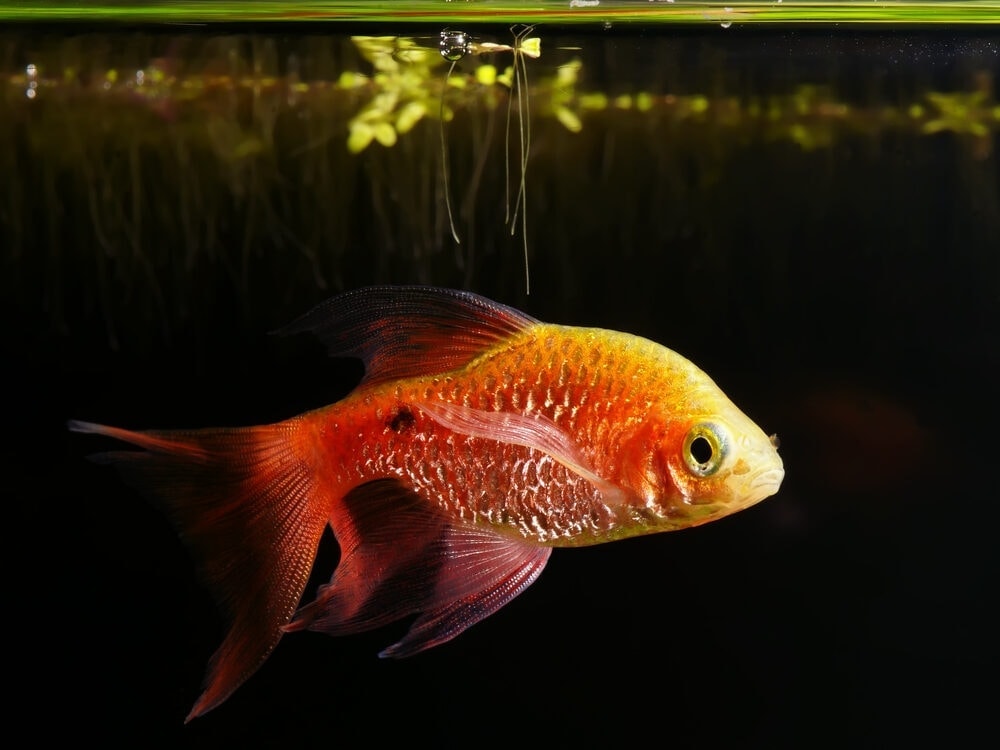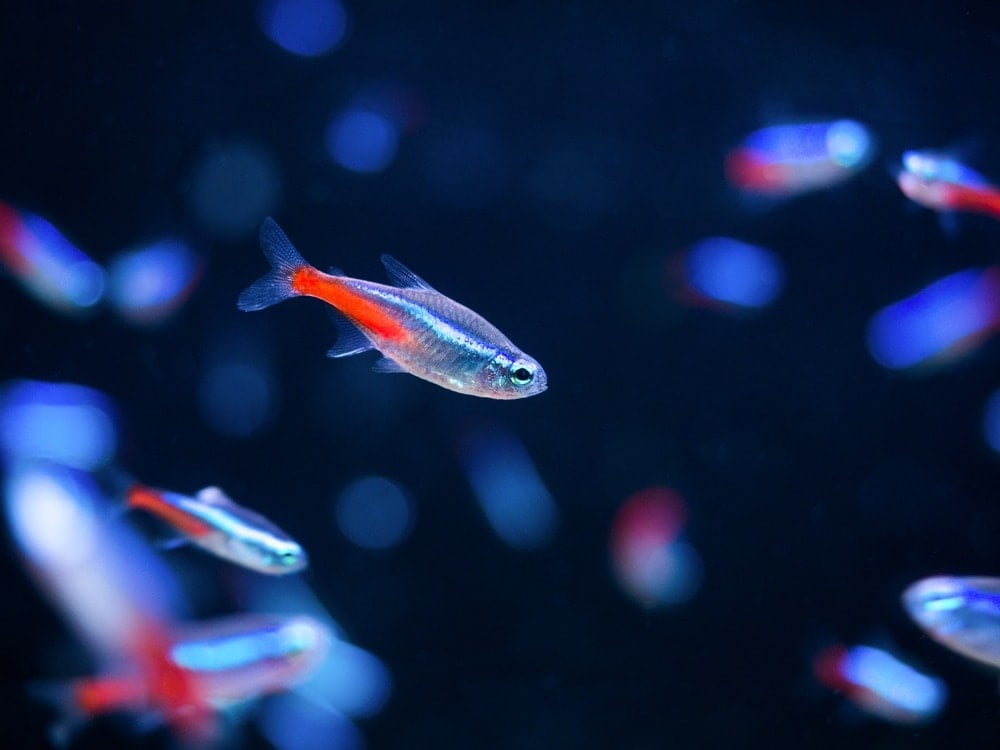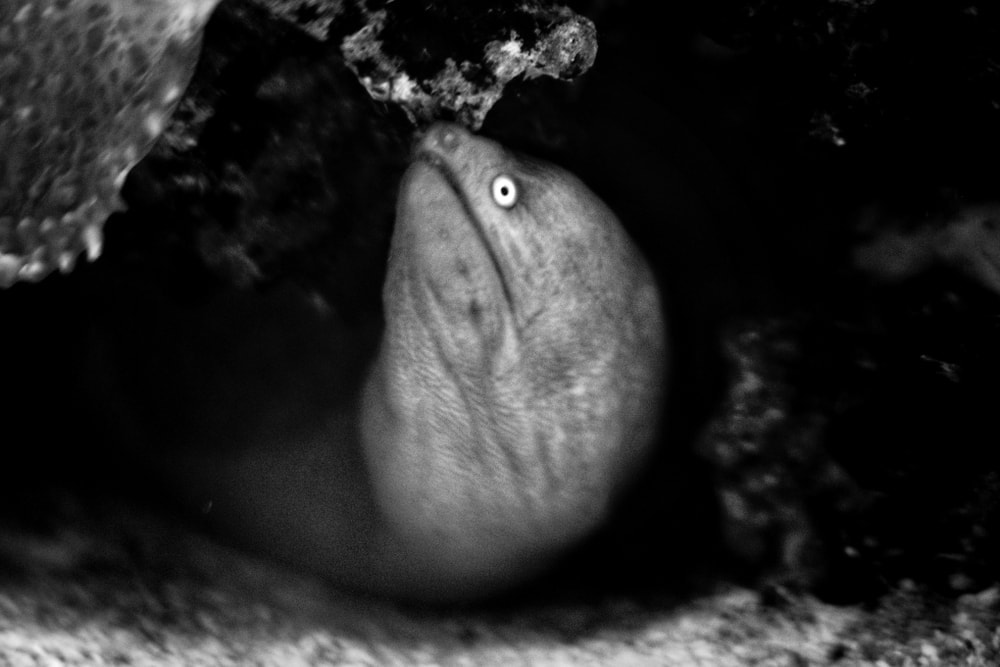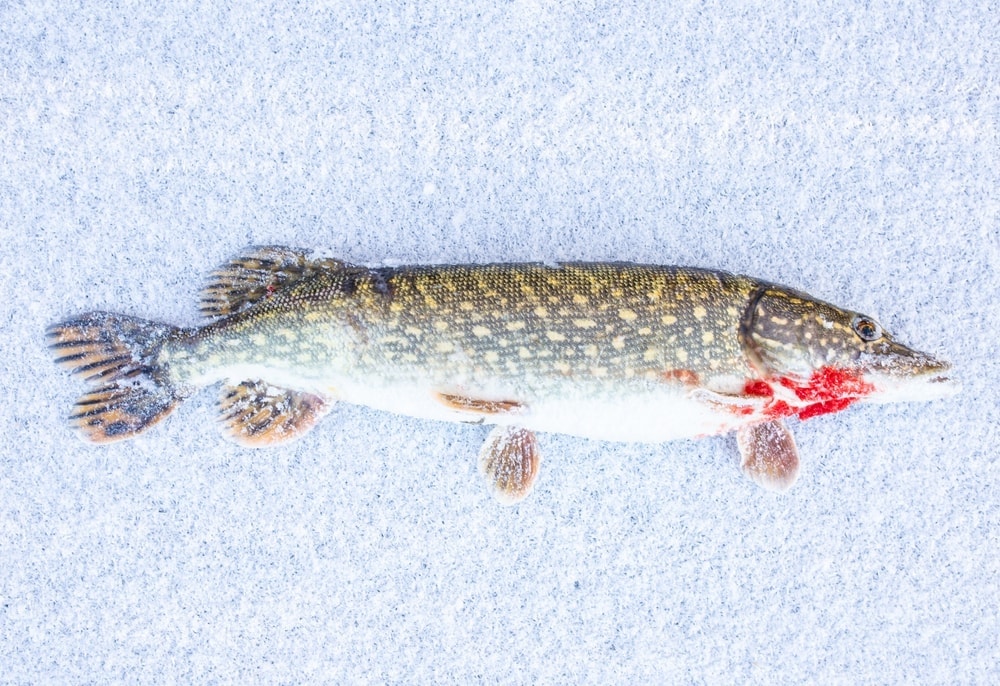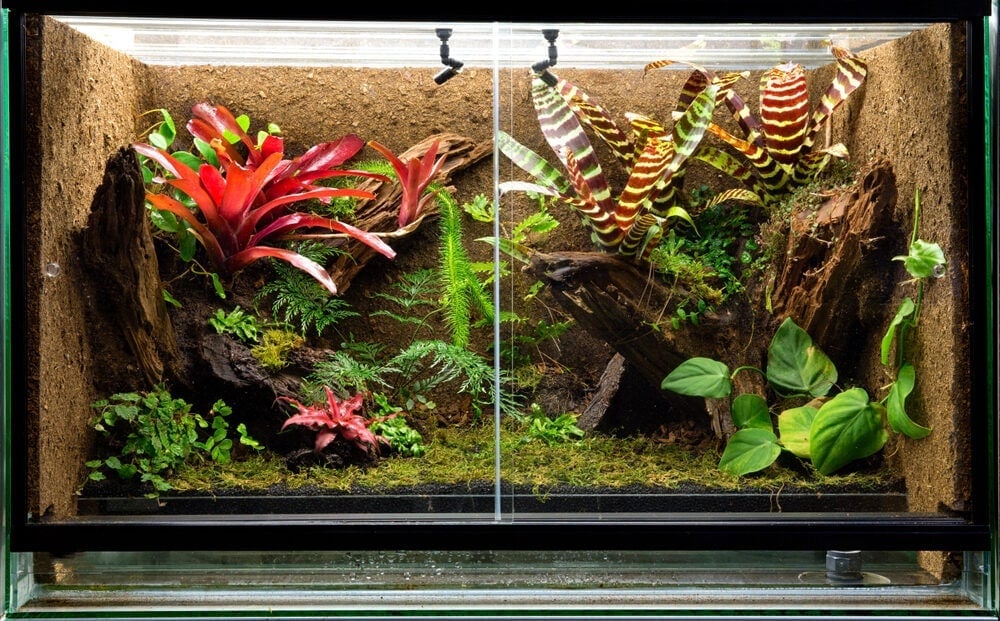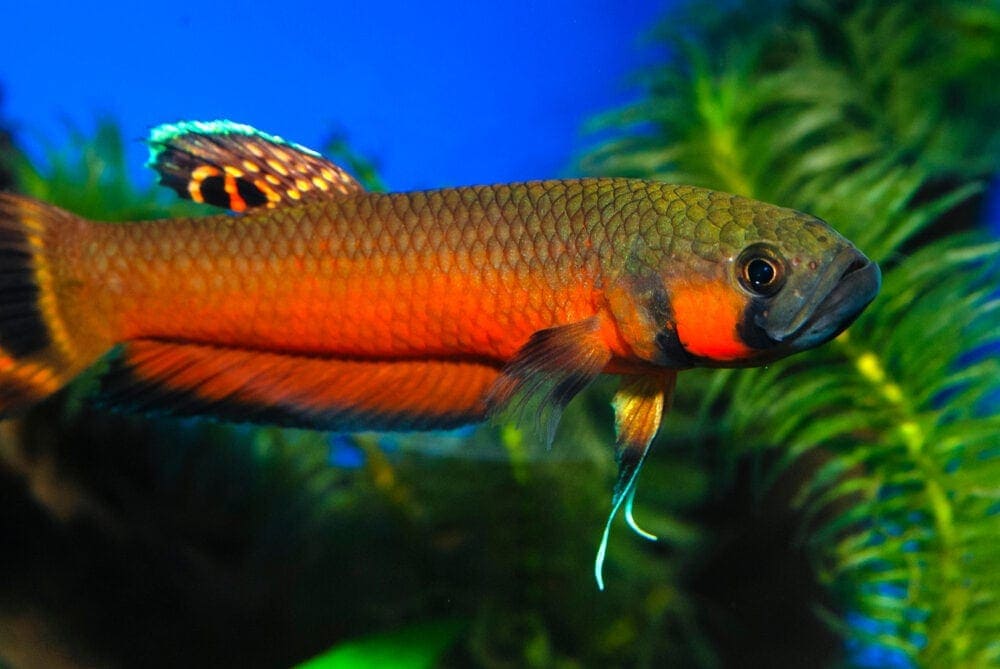Rosy Barb fish have a reputation for being extremely active and uniquely beautiful. This is without a doubt one of the best fish for beginners.
We will take a close look at this fish so you will learn everything necessary to properly care for it at home.
Rosy Barb Appearance
The Rosy Barb has a red, almost salmon coloration all over its body. This color can fade significantly if the fish is under a lot of stress, or during the mating process. It is one of the most vibrant freshwater fish in the world. You can help maintain the bright sheen of your fish by keeping it on a nutritious diet each day.
One of the most unique things about this fish is that it doesn’t have a stomach, or even any teeth. Instead, it uses its gill rakers to break down food before swallowing. Males tend to have a slightly brighter coloration than females.
When these fish are fully matured, they have a somewhat wide, oval-shaped body that measures around six inches.
Behavior
The docile nature of these fish means that you shouldn’t have a very difficult time caring for them. They are incredibly active and a lot of fun to watch. You will most likely notice them occupying the middle part of the tank most of the time.
These fish tend to thrive when they are kept together in a group of at least 4 or 5. You will see them swimming around as a school, moving as one.
Natural Habitat
These fish are naturally found in Southeast Asia, specifically lakes and rivers that have cool water. They tend to be found in fast-moving bodies of water that offer lots of oxygen, as well as a good amount of vegetation.

Rosy Barb Care Guide
1. Tank Setup
You will need a minimum 30 gallon tank for keeping three or four of these fish, as they are very active. If they don’t have enough space to swim around, they will most likely not survive very long.
It is crucial that you have dense vegetation at the bottom of your tank. You’ll want to choose certain plants that create lots of oxygen, including the Java Fern and Hornwort. This will mimic the fish’s natural environment, which is important for keeping them happy.
A sandy or fine grain gravel substrate is acceptable for this sort of tank setup. You don’t want to use any material that is going to be too abrasive.
2. Water Conditions
The water in your rosy barb’s tank should be kept within a range of 64 to 72 degrees Fahrenheit at all times. Keep the pH level of the water within a range of 6 to 8, and a hardness level of under 10 Dgh.
It’s also necessary to invest in a good quality filter that is very powerful. This will mimic the fast-moving natural habitat of these fish, which is essential to keeping them in good health.
3. Rosy Barb Tank Mates
It is important that you only keep rosy barbs with fish of a similar size and temperament. You should avoid any aggressive or significantly larger species.
Some of the best tank mate options for these fish include Cherry Barbs, Swordtails, Neon Tetras, and Mollies. All of these fish are known for being peaceful and laid back overall.
Keep in mind that it is best to keep these fish with their own kind in a group of at least four. This is one of the best ways to ensure that your fish thrive and stay healthy as a whole.
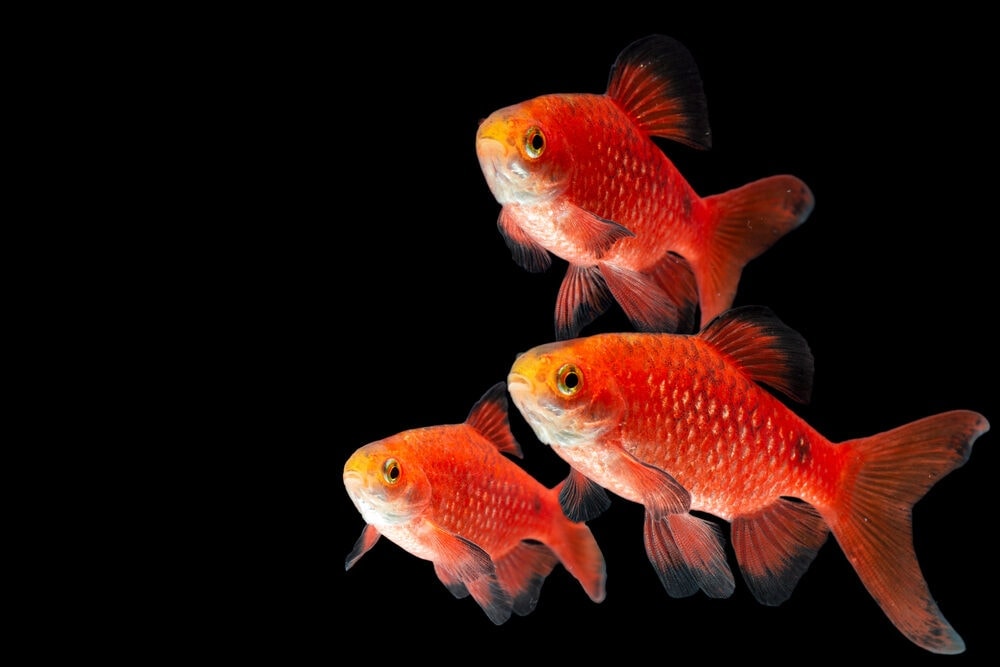
4. Rosy Barb Food
Rosy barbs are classified as omnivores, so they eat both meat and plant matter. You can give them a wide range of foods, including bloodworms, brine shrimp, and vegetables. These fish tend to really enjoy lettuce, so you’ll want to keep that in mind.
While there is nothing wrong with giving these fish dry food like flakes or pellets, you’ll also want to give them live or frozen food. This will really help with reducing the chances of disease and health problems.
Common Health Problems
A vast majority of the health problems that rosy barbs are prone to are related to diet. This is why it is so important that you carefully choose the right foods to give your fish on a daily basis. A nutritional deficiency can significantly reduce your fish’s lifespan.
You also want to make a point of keeping your fish’s tank clean, as this will reduce the chances of them contracting any fungal or bacterial infections.
Rosy Barb Breeding
The breeding process with rosy barbs isn’t very difficult or complicated at all. In fact, it is something that even beginners can do without much trouble. You will need to keep the water at 72 degrees Fahrenheit at all times. It is important that you check it often to make sure the temperature isn’t fluctuating.
When you put these fish in a tank for breeding purposes, you’ll want to have one male for every two females. This will give you the best chances of success. It only takes about a day and a half for the fry to hatch. At this point, you’ll have to transfer them to a tank with a greater depth.
Conclusion
- Rosy barbs have a light red coloration all over their body that somewhat resembles salmon.
- These fish are unique because they don’t have a stomach or even teeth.
- The peaceful nature of these fish is just one reason why they are easy to care for and are such popular pets.
- If you are going to keep up to four of these fish, you will need a minimum 30 gallon tank. They are active and therefore need lots of room for swimming.
- A water temperature of 64 to 72 degrees Fahrenheit is crucial for maintaining your fish’s health.
- Make sure you use a powerful filter in the tank, as these fish are naturally found in fast moving bodies of water.
- Feed your fish a diet that consists of dry and live food to meet their nutritional needs on a daily basis.
- If you want to breed these fish, keep a close eye on the water temperature. Also, don’t put in more males than females.
